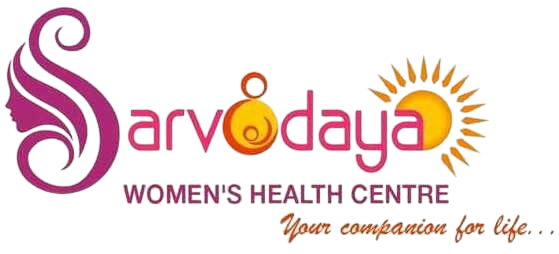


These techniques are often used during IVF treatment to increase the chances of success or preserve fertility for the future. Let’s go through each one
What is it?
After eggs are fertilized in the lab, embryos usually grow for 3–5 days. When we allow them to grow for 5 days, they reach a stage called a blastocyst — a more advanced embryo.
Why is it done?
What is it?
An embryo is surrounded by a thin outer shell called the zona pellucida. In some cases, this shell is harder or thicker than usual.
A gentle laser is used to make a tiny opening in this shell to help the embryo “hatch” and implant into the uterus.
Why is it done?
What is it?
A few cells are safely removed from an embryo (usually at the blastocyst stage) without harming it. These cells are tested for genetic or chromosomal conditions.
Why is it done?
Note: The embryo is usually frozen after the biopsy, and transfer is planned in a later cycle.
What is it?
When sperm cannot be collected naturally (e.g., due to blocked or absent sperm ducts), sperm is retrieved directly from the testicles using a minor surgical procedure.


Types include
What is it?
Good-quality embryos that are not used in the first transfer can be frozen for future use. This is called embryo cryopreservation.
Why is it done?
Frozen embryos can be stored for many years and used in a frozen embryo transfer (FET) later on.
What is it?
Why is it done?
Treatment depends on the underlying cause and may include:
Yes. Female fertility declines significantly after age 35 due to a decrease in the quantity and quality of eggs. Male fertility also declines with age, but generally at a slower rate.
Yes. Maintaining a healthy weight, reducing stress, avoiding smoking and excessive alcohol, eating a balanced diet, and getting regular exercise can all positively impact fertility in both men and women.
Success rates vary depending on factors like age, cause of infertility, and type of treatment. For example, IVF success rates can range from 30% to over 60% per cycle depending on the patient’s age and health profile.
Yes. Most fertility treatments are safe when monitored by experienced specialists. Side effects are usually mild, but in some cases, there can be risks such as multiple pregnancies or ovarian hyperstimulation syndrome (OHSS), especially with certain medications.

Premier women’s healthcare facility
Near SDM Engg College, Opp Police Training School, Kalaghatagi Road, Giri Nagar, Dharwad - 580002